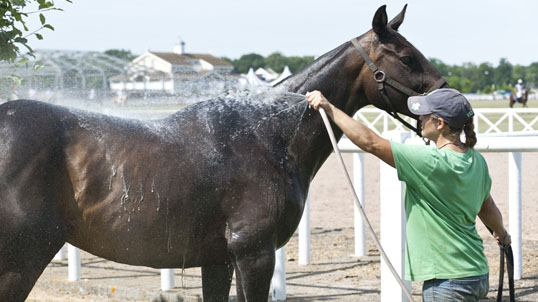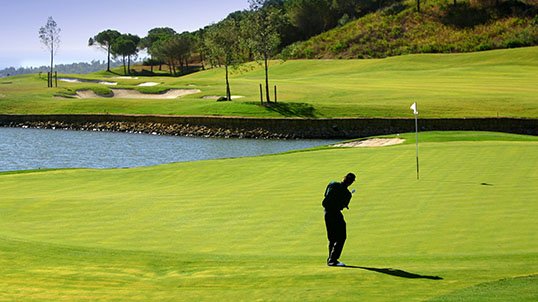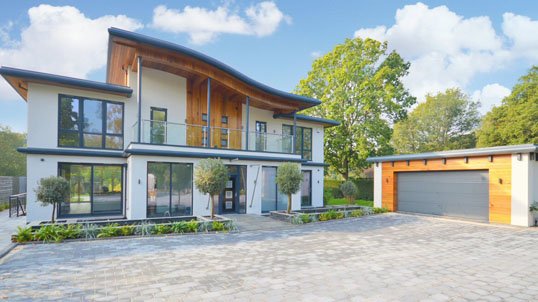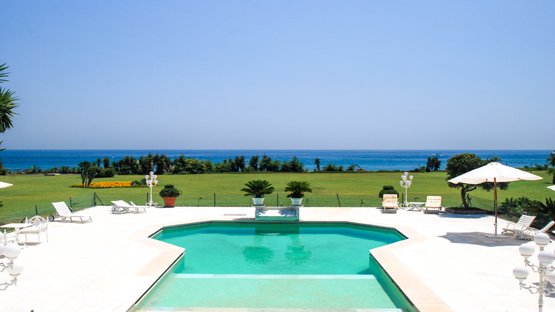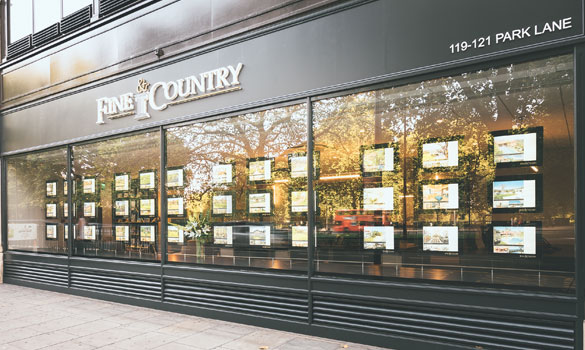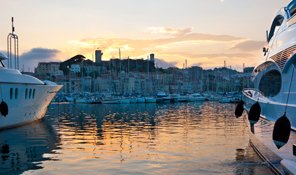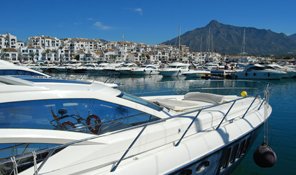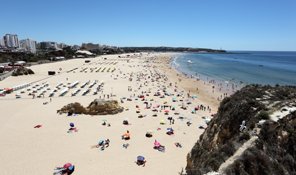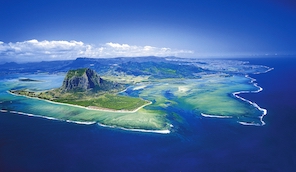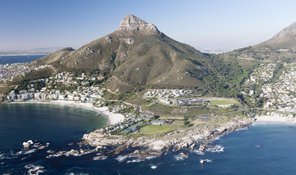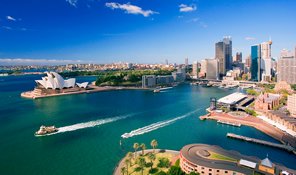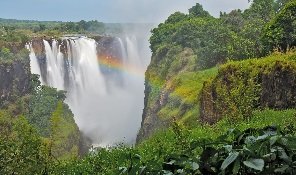Tenby
Tenby is a delightful little harbour town and seaside resort, and it would be difficult to find a setting more picturesque. It's hilltop position led to its early settlement as a Welsh stronghold, which was replaced in medieval times by a Norman Castle and walled town. Part of the town walls survive to this day and are an attractive feature at the entrance to the old town. There are three fabulous beaches and boat trips are available from the harbour around the clear waters offering great opportunities to spot dolphins, and the other abundant wildlife.
Once known as "Little England beyond Wales" this is a rather anglicised part of Wales. From the early 19th century Tenby became a fashionable holiday destination for both the Welsh and the English, and its attractions to the holidaymaker are just as obvious today, with the fantastic beaches stretching to the north, the west, and the south of the town. If you like good beaches you will love Tenby!
Tenby Beach: Tenby can be a serene, attractive destination sure to charm you, and those in search of spending time by the beach are spoilt for choice. Tenby has three fabulous beaches: north beach; south beach; and castle beach. All three have wide stretches of golden sands. North beach has the added attractions of a picturesque harbour, and Goscar Rock, a huge rock outcrop. South beach stretches for miles, or so it seems, to Giltar Point and is backed by sand dunes and a golf course. You will always find a space on the south beach. Castle beach sits between the north and south beaches and is a narrow beach that lies between St Catherine's Island and Tenby castle. It's a great beach just to chill out or to explore this beautiful location, The excellent water quality makes castle beach popular for swimming and paddling, and a bit of surfing takes place on stormy days.
Walk along Tenby's South Beach toward Giltar Point and the start of the Pembrokeshire Coastal Path for fantastic views of Caldey Island. Walk the narrow cobbled streets of the old town lined with elegant Georgian properties or sit in one of the many cafes and people-watch visitors to the gift shops, restaurants and public houses. Wander along the harbour, or board one of the cruises to nearby Caldey Island, or take a trip in search of the plentiful wildlife of this south west coast of Wales. Pembrokeshire is famous for the dolphins that visit this rugged yet beautiful coastline.
With the increasing availability of sea kayaks and canoes for hire or sale, more and more are taking to the waters off Tenby and the Welsh coastline. No longer is the sea considered the sole domain of yachts and motor boats, and families and indeed anglers employ these smaller crafts to explore the coastline. Although care must be taken on coastal waters experienced canoeists can explore the safe waters around the harbour at Tenby at high tides.
Tudor Merchant's House: This late 15th-century town house is characteristic of the area and of the time when Tenby was a thriving trading port. The ground-floor chimney at the rear of the house is a fine vernacular example, and the original scarfed roof-trusses survive. The remains of early frescos can be seen on three interior walls and the house is furnished to recreate family life from the Tudor period onwards.
Town Walls: Tenby Town Walls are impressive examples of mediaeval craftsmanship. The walls mark Tenby's original boundaries, and tell of the town's proud history, when they were used to fortify the town from the 15th century Owain Glyndwr led Welsh Rebellion.
Caldey Island Monastery: Caldey offers a chance to view the wildlife that inhabits the Island. There are opportunities for bird and seal watching plus a bit of monk watching.
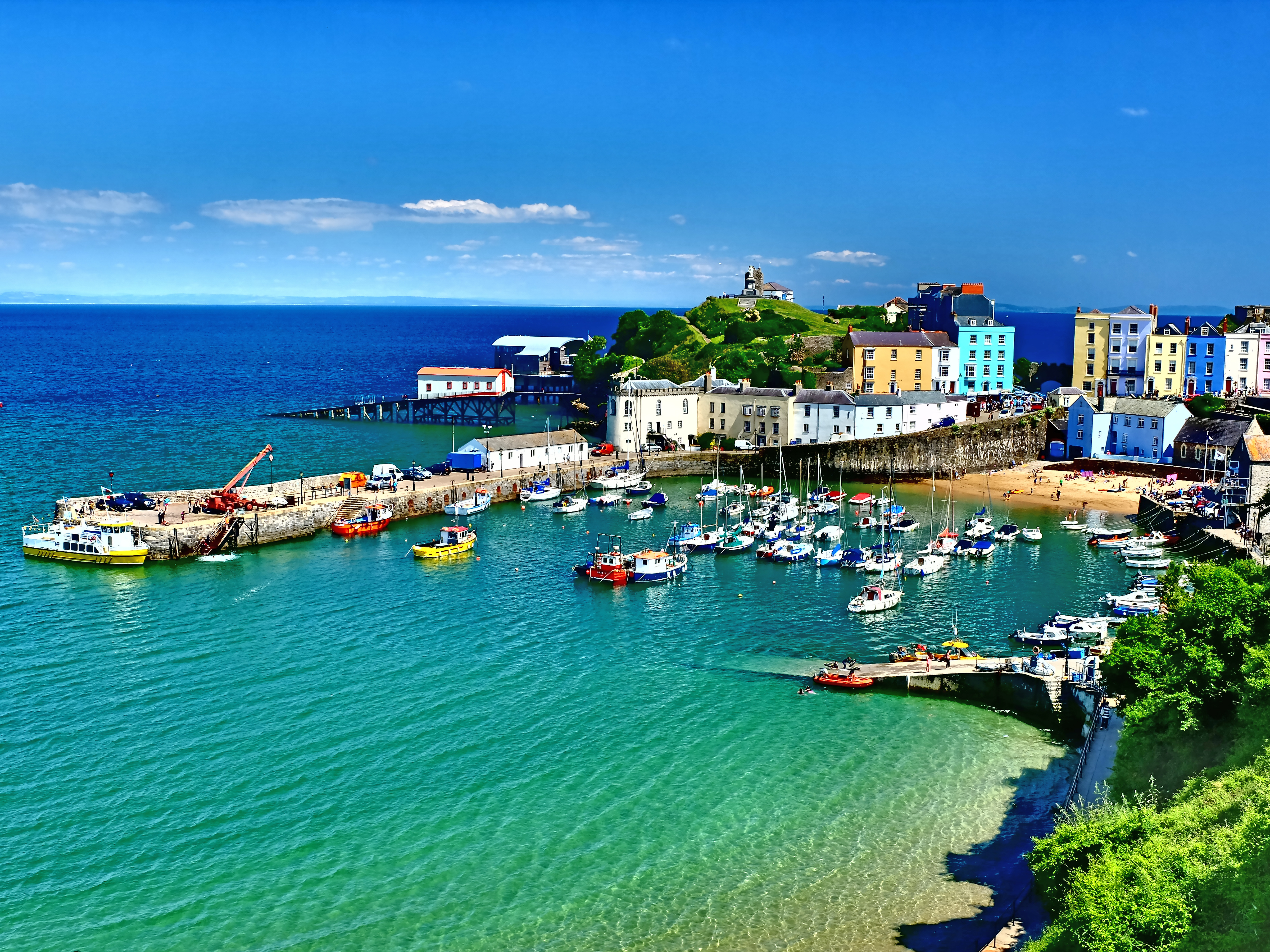
St Davids
St David's (Tyddewi) is to be found on the St David's peninsula in the Pembrokeshire Coast National Park, Pembrokeshire south west Wales. The town, or to be correct the City, is as attractive to visitors today as it ever was to medieval pilgrims visiting the shrine of St David. The City is named after David the patron saint of Wales who according to tradition was born on the cliff tops nearby. He later founded a monastery where today the magnificent Cathedral stands. St David's Cathedral has been a site of pilgrimage and worship for many hundreds of years and must be visited if only for the stunning architecture of the Nave and its unique sixteenth century Irish oak ceiling. Adjacent to the cathedral stand the magnificent ruins of the medieval Bishops Palace.
The town itself though small has more facilities than might be expected, and offers both a Marine Life Centre and the National Trust's St David's Visitor Centre with information on National Trust properties throughout the county. The village square, Cross Square is a pleasant meeting place for both locals and tourists. The central gardens offer a chance to sit and watch the world go by. Browse one of the many galleries or enjoy refreshments in the tea gardens.
St David's Cathedral: Built upon the site of St David's 6th century monastery, St Davids Cathedral has been a site of pilgrimage and worship for many hundreds of years and remains a church serving a living community. For nine days annually in May and June the cathedral is host to a feast of classical music at the St Davids Cathedral Festival under the artistic direction of Timothy Noon, the cathedral organist. The perfect acoustic and stunning architecture of the Nave, including its unique sixteenth century Irish oak ceiling, provide a concert venue unrivalled in Wales.
St David's is also a centre for those who prefer a more active lifestyle with local companies offering training or simply equipment hire for sea kayaking, surfing, windsurfing, climbing, and coasteering (jumping off cliffs into the ocean). Or you may take a boat trip to Ramsey Island RSPB Reserve with it's dramatic scenery and abundant wildlife. Another company offers wildlife adventures around the islands with opportunities for dolphin and whale watching.
The whole of the St David's peninsula is steeped in history and the county is dotted with Neolithic tombs, Bronze Age stones, healing wells and tiny chapels. To the north west there is Castell Henllys the site of an iron age fort, that has been excavated and huts rebuilt to represent the living conditions of the iron age inhabitants. Close to Fishguard is the village of Nevern and the ancient church of St Brynach's. The tower is post Norman and there are many outstanding early stones including a 10th-early 11th Century Celtic Cross. In the churchyard there is a also a bleeding Yew tree that periodically weeps a thick blood red sap.
The Pembrokeshire Coastal Path passes within a mile of St David's with beautiful walks from St David's Head through Whitesands Bay beach, and on round Point St John, and Point St Justinian with panoramic views across Ramsey Sound to Ramsey Island, and on past Porthlysgi Bay and Carreg Fran to St Non's Bay. To the south is St Bride's Bay and the award winning beaches of Newgale Sands, Broad Haven and Little Haven with the magnificent estuary of Milford Haven just a few miles further south.
Caerfai Bay Beach: The nearest beach to St Davids is at Caerfai Bay. The beach has a sandy beach with excellent water quality (2008). It nestles in a small rocky cove between spectacular cliffs. The beach is located on the west coast of Pembrokeshire just a mile south from St David's. The beach is popular for swimming, sea-canoeing and sea-angling. The Pembrokeshire Coast Path runs above the beach and has lovely scenic views of the cliffs and seabirds.
Whitesand Beach: Whitesand Beach in St David's Bay is located between St David's Head and Point St John near St David's. The fine white sandy beach curves north towards Trwynhwrddyn and on toward the rocky headland of St David's. This westerly facing beach is one of the best surfing beaches in Wales. The beach is also popular for swimming, windsurfing and canoeing, with beach zones for safety.
Our streets are alive with excellent shops, galleries, pubs and restaurants – so much to see and do. In March we celebrate our patron saint, gourmets can enjoy our Really Wild country food fair, and in summer concerts and plays fill the evenings, including the world renowned annual St Davids Cathedral Festival.
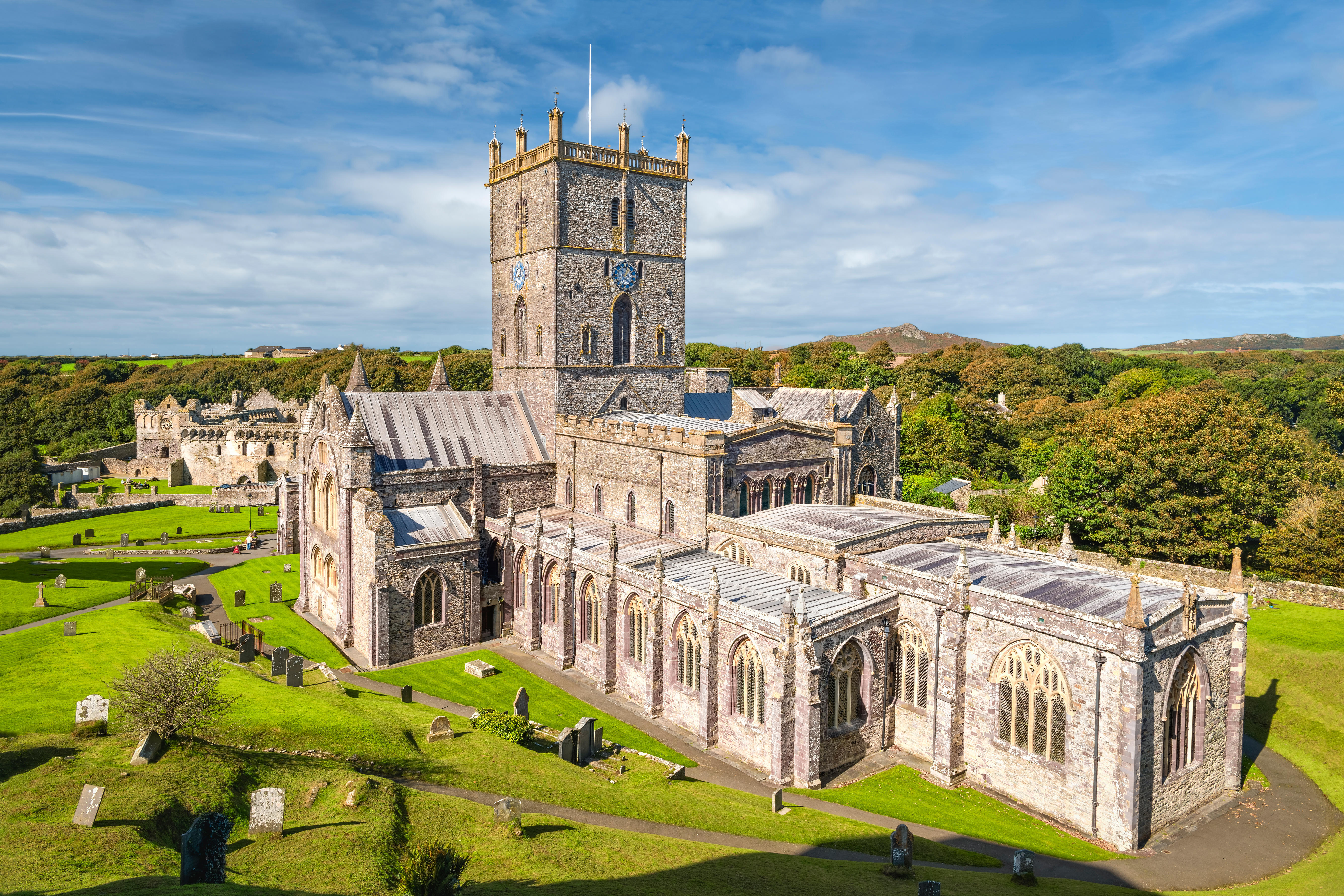
Narberth
Narberth is a gorgeous little market town in the east of Pembrokeshire. Multicoloured Edwardian and Georgian buildings line the bustling high street which has developed quite a reputation as a shopper’s heaven. Independent shops selling a whole range of exquisite items from fine art to fine food rub shoulders with vintage and antique shops. Then when a well-earned rest is needed, there are award-winning cafes, pubs and restaurants galore to rest your weary feet.
The town has grown around the walls of its stone castle, but the name is older than the castle. Narberth is derived from ‘Arberth’, the pre-Norman name for the district (or commote). This Celtic heritage is also represented in the myth and legend of the Mabinogion – ancient Welsh folk tales that were written down in the 14th century, originating from an earlier tradition of oral storytelling. Two branches of the Mabinogi in particular are centred on ‘Arberth’, which was reputedly the court of Pwyll, Prince of Dyfed. Easy access to Carmarthen make Narberth a hot spot for buyers.
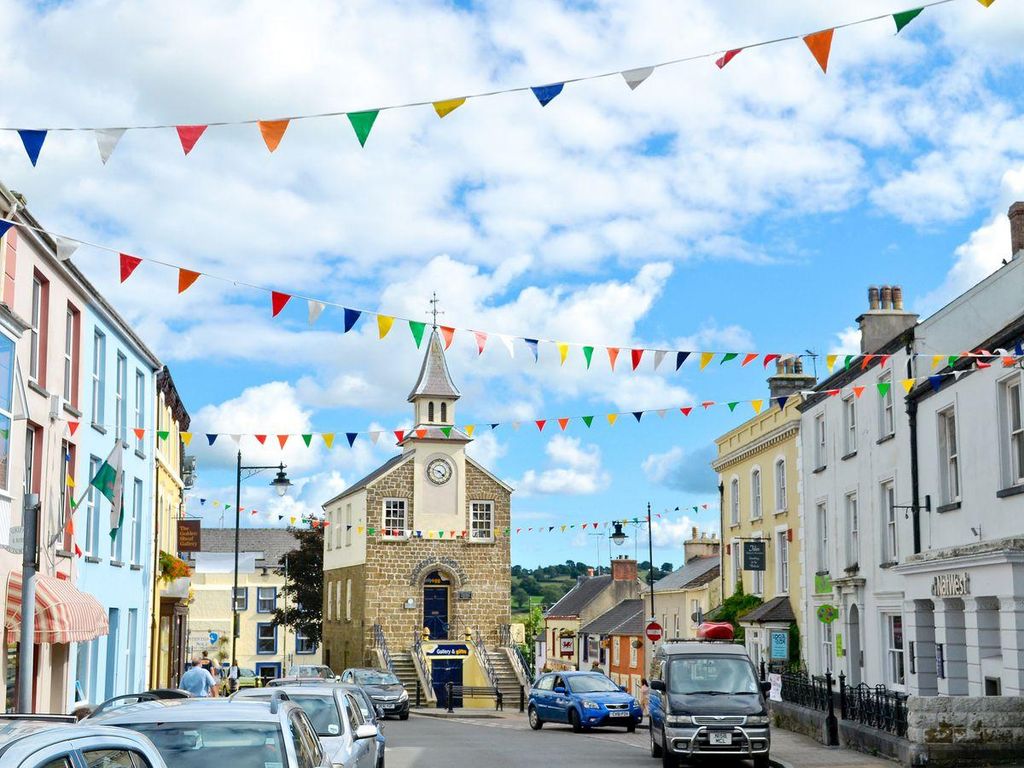
Laugharne
Laugharne sits on the banks of the Taf River in Carmarthenshire, South Wales. The Welsh town of Laugharne is where Dylan Thomas "got off the bus and never got on again.” Wales' most famous poet lived at the Boathouse for the last four years of his life during which time Dylan wrote major pieces of work - including Under Milk Wood.
However, Laugharne is more than just the town where Dylan Thomas lived, much more. It is an ancient town steeped in history sitting on the estuary of the River Taf. What was once a busy port is now popular with writers, artists, tourists, anglers, and bird-watchers. The town of Laugharne has an interesting mixture of small cottages and large Georgian houses. There is an active community, a newly built Millennium Memorial Hall and a Primary School. There are two mini-markets, a pharmacy, a good mix of shops, and great places to eat and drink including Brown's Public House where the Poet himself would have a pint...or two. Overlooking the estuary are the dramatic ruins of a Norman Castle.
Laugharne Castle was established in the early 12th century as an earthwork castle. It was sacked by the usual suspects, the Welsh, under the command of Prince Llywelyn the Great, and was rebuilt in stone by the Anglo-Norman de Brian family during the later 13th and early 14th centuries. Sir John Perrot later transformed it into a Tudor mansion in the 16th century. During the Civil War in 1644, Laugharne was captured by Royalists, but was quickly re-taken by besieging Roundheads. The castle suffered partial destruction soon afterwards and gradually fell into decay. It was left as a romantic ruin during the 18th century and at the turn of the 19th century the outer ward was laid with formal gardens. In the late 20th century the Castle has been the subject of considerable archaeological investigation and gradual restoration and, with the well-maintained Georgian and Victorian gardens, is open to the public from April to the end of September.
You can watch our area guide video showing beautiful Laugharne here
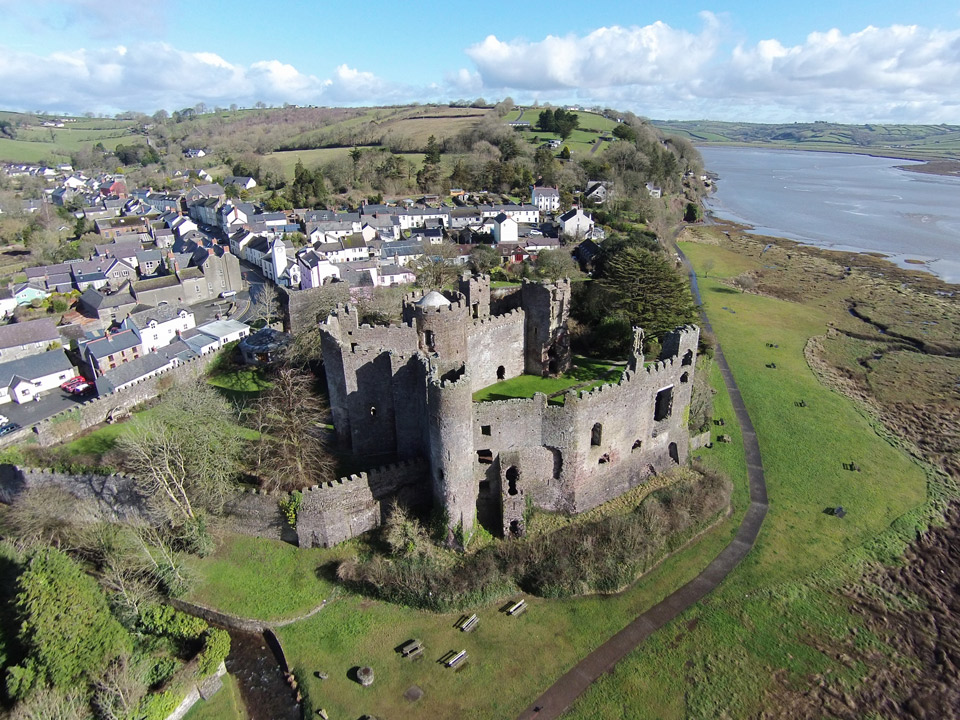
Cardigan
Cardigan sits at the mouth of the river Teifi, between the county of Pembrokeshire to the south and Cardigan Bay and the county of Ceredigion to the north. Cardigan was the county town and administrative centre of the historic county of Cardiganshire. With a population of around 4000 Cardigan is a thriving market town and host to a number of popular festivals each year. The High Street retains much of its Victorian character. Held in the town every June is the Gwyl Fawr, the town's own Eisteddfod, and the Welsh music and language festival. This is a nod towards Cardigan holding the first ever Eisteddfod centuries ago in 1176.
The town sits in an ideal position for walkers, being midway between the Pembrokeshire Coastal Path and the Ceredigion Coastal Path. Anglers will appreciate Cardigan for the fine fishing opportunities. The Teifi is a fine salmon river and is arguably the best mixed game fish river in England and Wales. Sea trout approaching 10lbs. and salmon approaching 20lbs or more can be caught in the Afon Teifi.
Cardigan's High Street is the centre of the hustle and bustle of town life. Following a recent restoration scheme, many of the buildings have returned to their original character, with Victorian shop fronts and character. However, the Guildhall in the town centre, built in 1859, takes its character from the Gothic revival style inspired by the famous architect John Ruskin rather than the Victorian era, yet it is still a striking building. The coloured brickwork of the buildings is a trademark feature of Cardigan.
Off from the High Street you shall find Theatr Mwldan, where the annual Arts Festival is held. Also held in the town every June is the Gwyl Fawr, the town's own Eisteddfod, the Welsh music and language festival. This is a nod towards Cardigan holding the first ever Eisteddfod centuries ago in 1176. Also in the town you will find many traditional shops, including craft shops, a butcher's, baker's (no candlestick maker) and a grocery store, as well as many inns and public houses where you can catch a pint and a bite to eat. Fortunately, these buildings still maintain their Gothic and Victorian fronts to provide a warm welcome to visitors and to stay in keeping with the town's period.
St Dogmael's Abbey: The romantic ruins of this old abbey, situated just 1.5 miles from Cardigan, were erected in 1115. They are a rare example of Tironesian establishment, who originated from Tiron, Western France. Excellent Shakespearean plays are performed amongst the ruins each year during the summer months. The performances are set in beautiful surroundings and more information can be received from the Tourist Information Centre found on Bath House Road in Cardigan.
The Welsh Wildlife Centre is located some 4 miles from Cardigan, where the Teifi widens out into the estuarine marshland. A large and wide nature reserve, otters and seals are often to be spotted in the river, attempting to catch the salmon and sewin for which the Teifi is renowned.
As the main town at the northern end of the Pembrokeshire Coastal Path, and the southern end of the Ceredigion Coast Path Cardigan is certainly a popular place for walkers. With the inauguration of the Wales Coastal Path due in 2012, the town can expect a boost in trade from the rambling fraternity.
The surrounding countryside also offers plenty of beautiful places to cycle. eponymous Cardigan Bay is world famous as a haven for wildlife with dolphins, porpoises and seals being regularly sited offshore.
Cardigan Castle: The present ruins of the castle date back to around 1240. However, the first castle was a Norman motte-and-bailey settlement located at the bottom end of the estuary, unsurprisingly known as Castle Pool. In 1110 the second castle was erected by Gilbert de Clare along the eastern side of the pool, and this is where years later the stone castle came to stand. It was in this castle in 1176 that the first Eisteddfod was held.
The castle has seen many conflicts and invasions during the medieval period, particularly between the Norman invaders of Wales and the Welsh princes, who felt that the castle was rightfully theirs. The castle changed hands between the Welsh and the Anglo/Normans several times over the centuries. During the 20th century it was privately owned and is now still strictly closed to the public, although it has recently been purchased by Cardigan council, who it is hoped will restore it to a safe condition. Cilgerran Castle: Situated 3 miles southeast of Cardigan, the present Cilgerran Castle is believed to have been built during the 13th century by William, earl of Pembroke. It has an incredible location sitting on a crag high above the gorge of the river Teifi and the original settlement could possibly have been the home of the famous adventurer Nest, the “Helen of Wales” who abandoned her husband and the castle in 1109 for her cousin Owain and later other lovers. Many artists have found the castle a stimulating subject, such as the artists Turner and Richard Wilson. By the 18th century, a boat would travel up and down the Teifi taking tourists to see this wonderful monument.
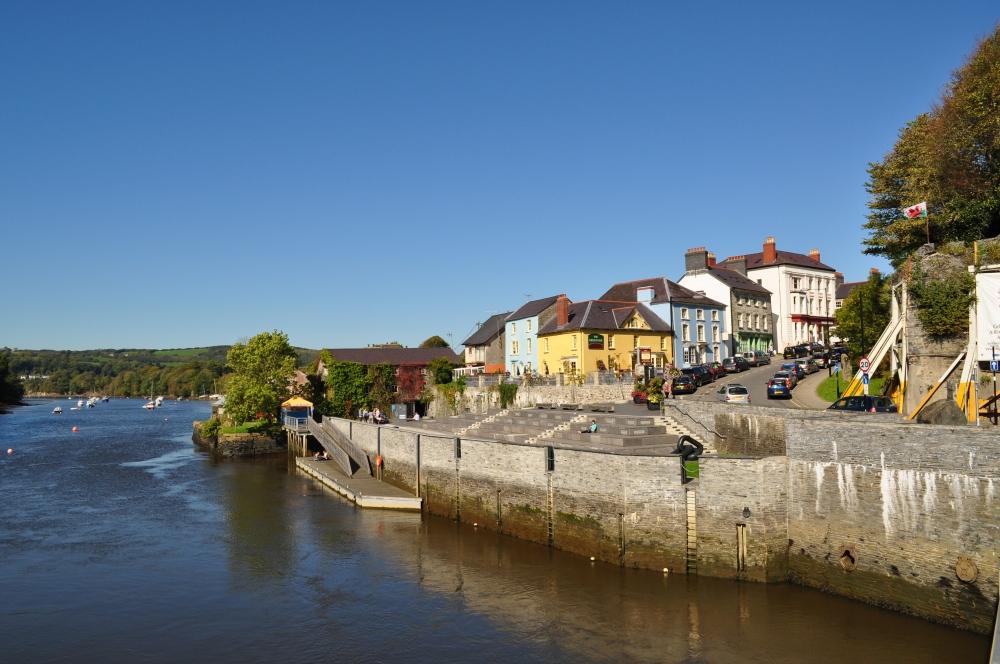
FINE & COUNTRY LIFESTYLE
DISCOVER MORE ABOUT FINE & COUNTRY
NATIONAL MARKET REPORTS
Looking at selling, buying, investing or just interested in the prime property market? Read our latest edition of the National Housing Market Update.
Discover more »
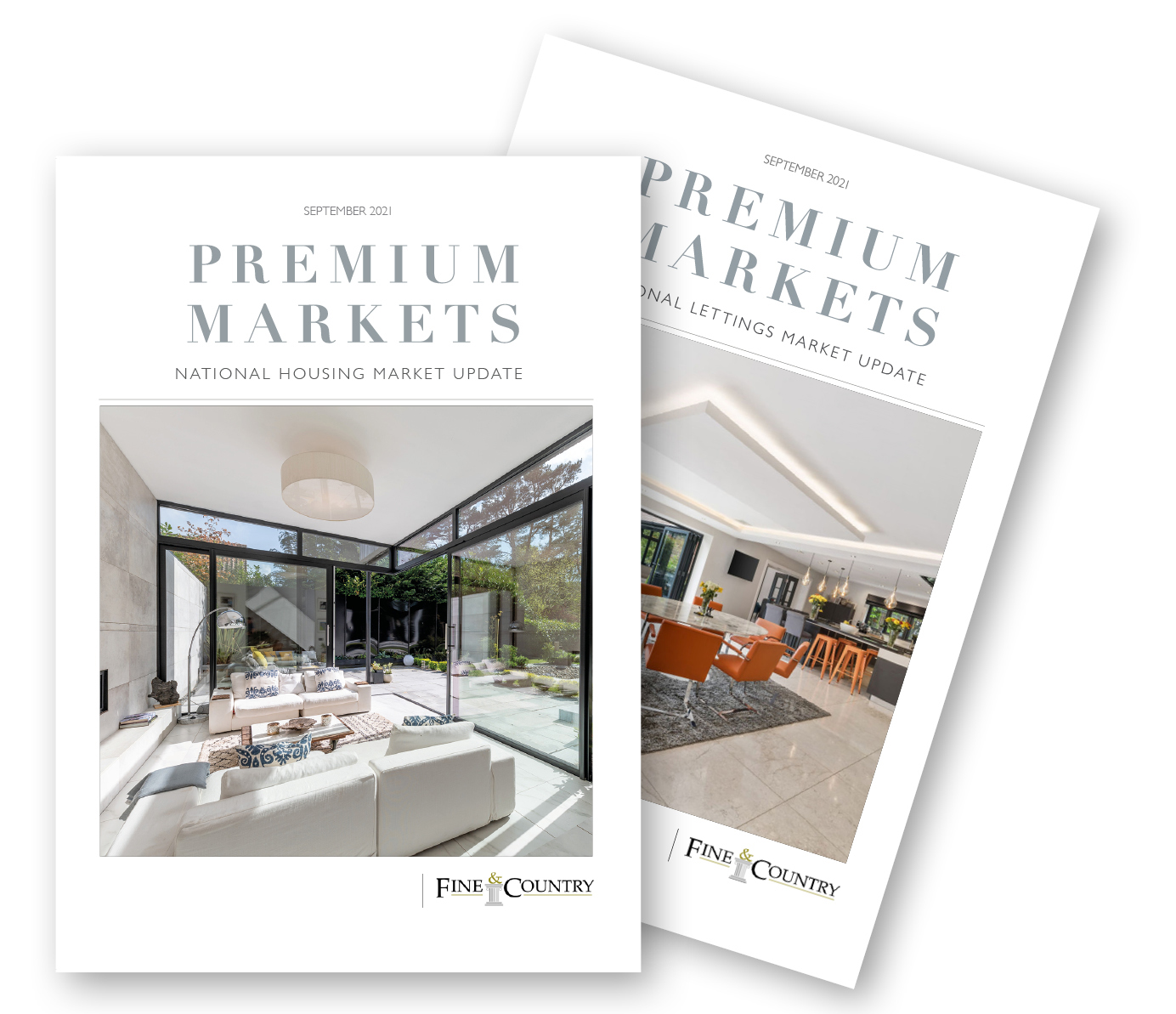
SELLING YOUR PROPERTY
Selling your home is one of the most important decisions you make; your home is both a financial and emotional investment. Find out how we can help »
TAKE THEIR WORD FOR IT
An overwhelming majority of those who had used Fine & Country would recommend our services to a family member or friend, according to our most recent survey taken by members of the public.
To achieve 99.48% positive feedback is a privilege and we will endeavour to maintain this result. We are dedicated to offering the best possible services to every customer, whether buyer or seller, from beginning to end.


INDEPENDENT EXPERTISE
Every Fine & Country agent is a highly proficient and professional independent estate agent, operating to strict codes of conduct and dedicated to you. They will assist, advise and inform you through each stage of the property transaction.
GLOBAL EXPOSURE
With offices in over 300 locations worldwide we combine the widespread exposure of the international marketplace with national marketing campaigns and local expertise and knowledge of carefully selected independent property professionals.


UNIQUE MARKETING APPROACH
People buy as much into lifestyle of a property and its location as they do the bricks and mortar. We utilize sophisticated, intelligent and creative marketing that provides the type of information buyers would never normally see with other agents.
4.85 out of 5 - based on 1988 customer reviews

OVER 300 LOCATIONS WORLDWIDE
SOCIAL MEDIA
We interact with customers on the main social media channels including Facebook, Twitter, YouTube, LinkedIn and Pinterest, giving each property maximum online exposure.
FINE & COUNTRY SERVICES
FINE & COUNTRY
INTERIOR DESIGN
Access Fine & Country Interior Design to put your property ahead and make it stand out. With expert advice from some of London’s best stylists and designers we will make sure it makes a statement. Or if you’re purchasing with us, let F&C ID help make your new house feel like home by helping you find the very best specialists and designers for property refurbishment. Find out more »


FINE & COUNTRY
FOREIGN EXCHANGE
We have partnered with Rational FX, one of the world’s leading foreign exchange specialists to provide private and tailored currency services for all of our clients buying and selling luxury property around the world. Find out how we can help »
BUYING AGENT SERVICE
We understand that your time is precious, so save the time, money and stress of searching for a property with a buying agent. Also giving you access to off-market and discreetly marketed properties.


MEDIA CENTRE
Our internal Media Centre is a team of experienced press relations managers and copy writers dedicated to liaising with newspapers, magazines and other media outlets to gain extensive coverage for our properties in national and local media.
FINE & COUNTRY PUBLICATIONS
THE FINE & COUNTRY FOUNDATION
The Fine & Country Foundation is dedicated to supporting and funding homeless causes in the UK and overseas. Fine & Country offices organise a range of fundraising events for you to get involved in and/ or support. Find out more about our work here. Read more »
*Please, note: for security reasons, the maps on this website do not provide the exact location of the property and they are provided solely as an indication of area.

